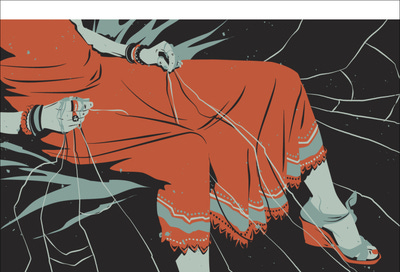‘It was a cheap trick to play on a man who had suddenly lost his wife […] It was a peculiarity of Smiley's character that throughout the whole of his clandestine work he had never managed to reconcile the means to the end. A stringent critic of his own motives, he had discovered after long observation that he tended to be less a creature of intellect than his tastes and habits might suggest; once in the war he had been described by his superiors as possessing the cunning of Satan and the conscience of a virgin, which seemed to him not wholly unjust.’
A long quote, but an apt one.
George Smiley never fails to hit the nail on the head for me. Quite what this nail is (an antidote to Holmes and Bond?) is never fully determinate, but I always find myself enjoying Le Carré’s spy/detective stories that little bit more. He deals with murder, espionage and social commentary always on a fundamentally human, often personal level.
What makes this novel particularly unique is its setting, which is firmly outside the confines of London and the espionage community, and introduces to us a new liminal space. The Dorset town of Carne proves an unlikely backdrop to murder, yet this is exactly what Smiley is sent down to investigate on account of an old wartime friend, who receives a premonitory letter foretelling the author’s own murder on account of her husband. What follows is an investigation not merely into murder, but of a provincial town divided by class. This is made clear through its ‘town and gown’ culture, foregrounded by a rift between the CofE private school of Carne and the Nonconformist laypeople of the town. Truth be told, this divide is often made too explicitly, finally consolidated in an afterword by the author.
In this afterword (certainly, in the 2010 Penguin edition I read!) the true meaning of this work to Le Carré is laid bare: a revisitation and acerbic critique of a public-school upbringing in Sherborne, Dorset. There, Le Carré recounts, it was ‘rustic, colonialist, chauvinist, militarist, religious, patriotic and repressive.’ As such, I looked back on reading this book with new eyes, envisioning Le Carré himself making a painful revisitation in writing this.
So, what to make of all this? A punchy, exciting read from start to finish? An effective murder mystery novel with a classic twist at the end? A further foray into the subtle genius of the inglorious, machine-like figure of George Smiley? Absolutely. It is all this and more; a great read all round.





